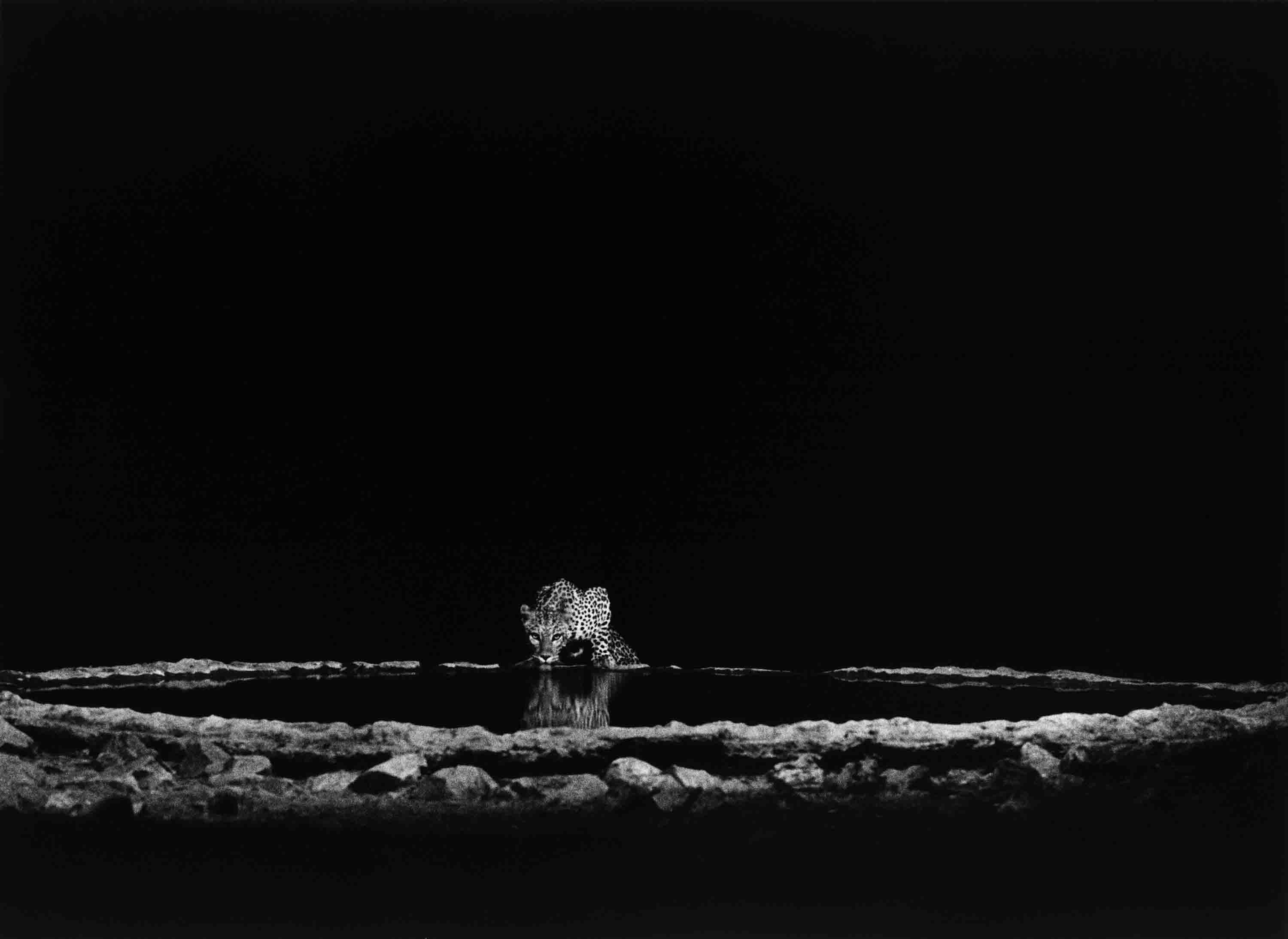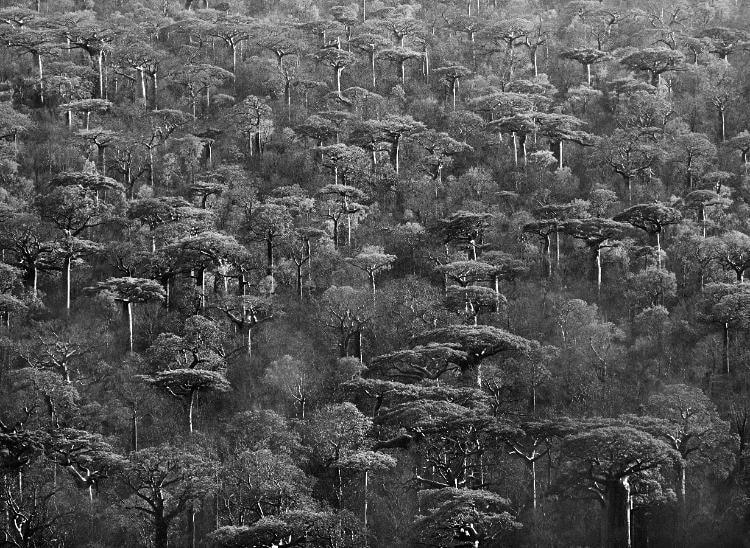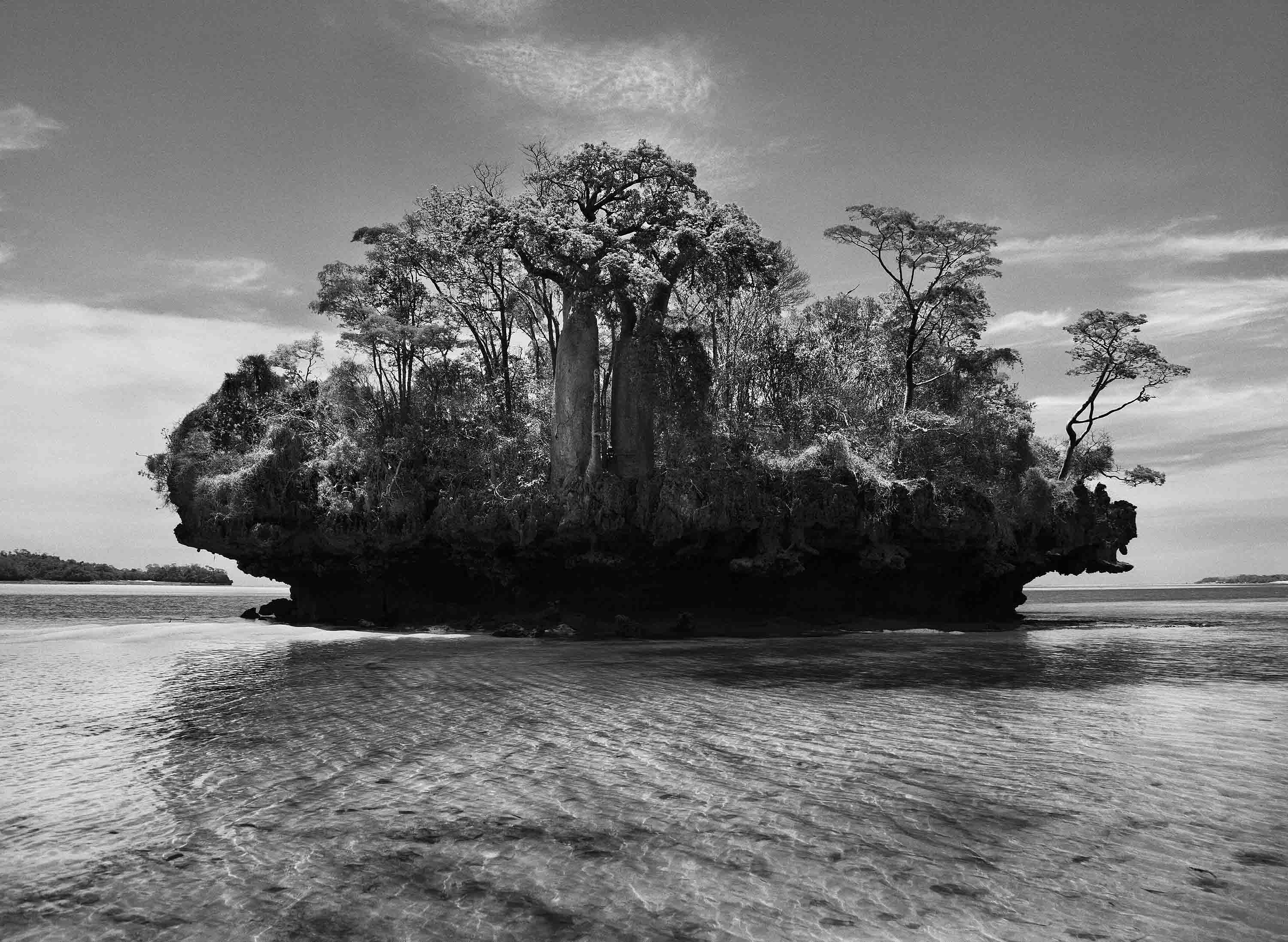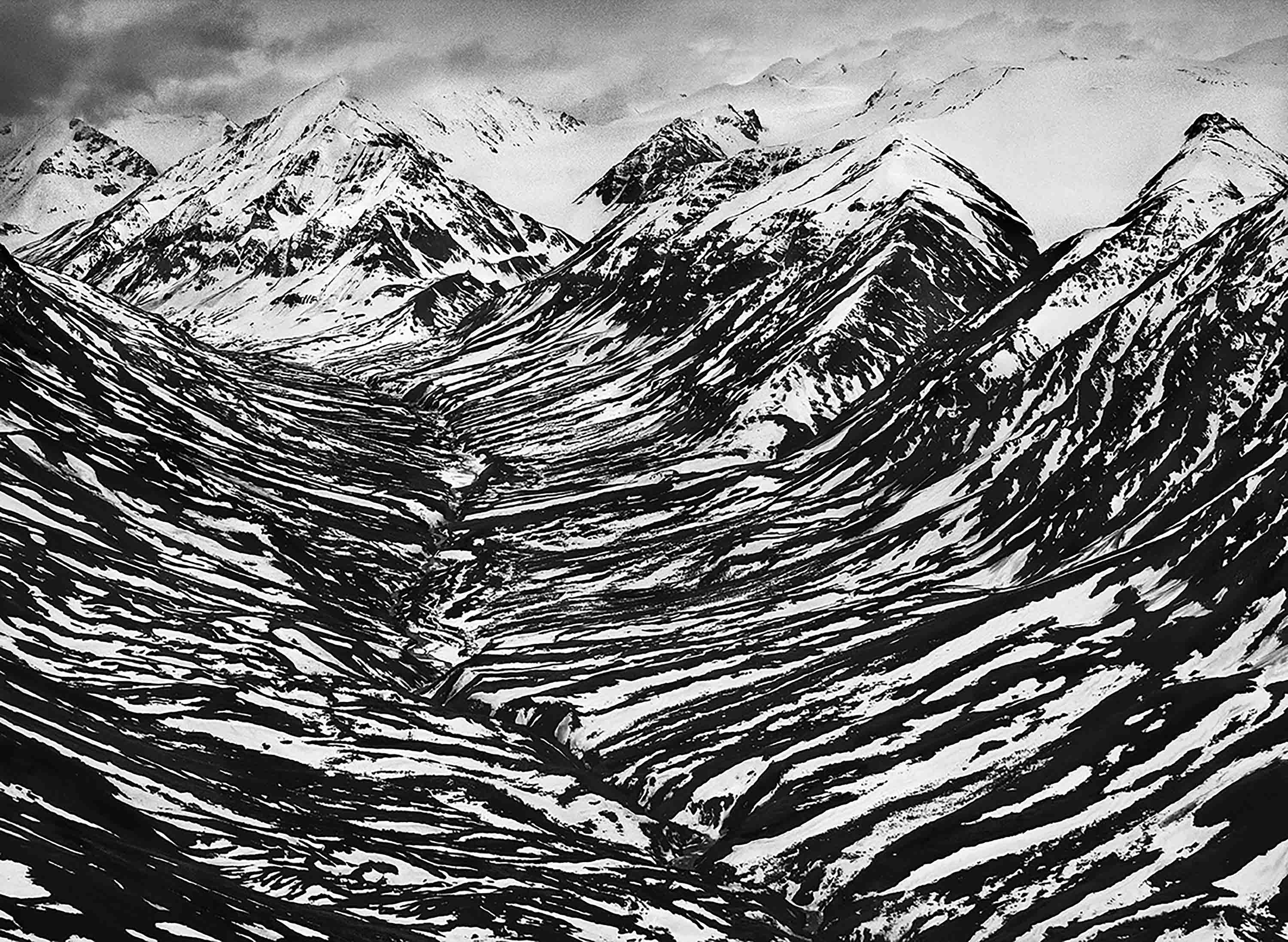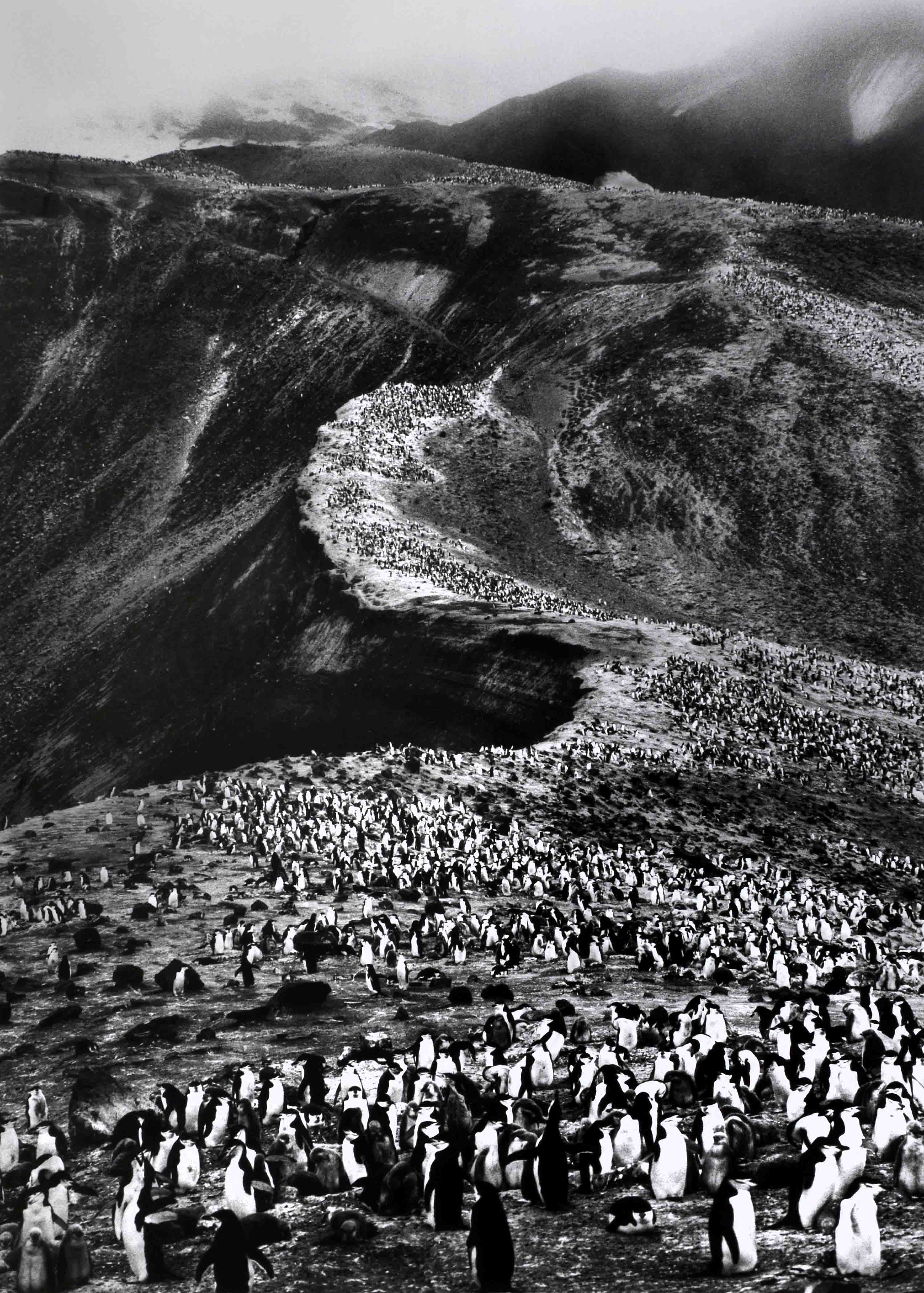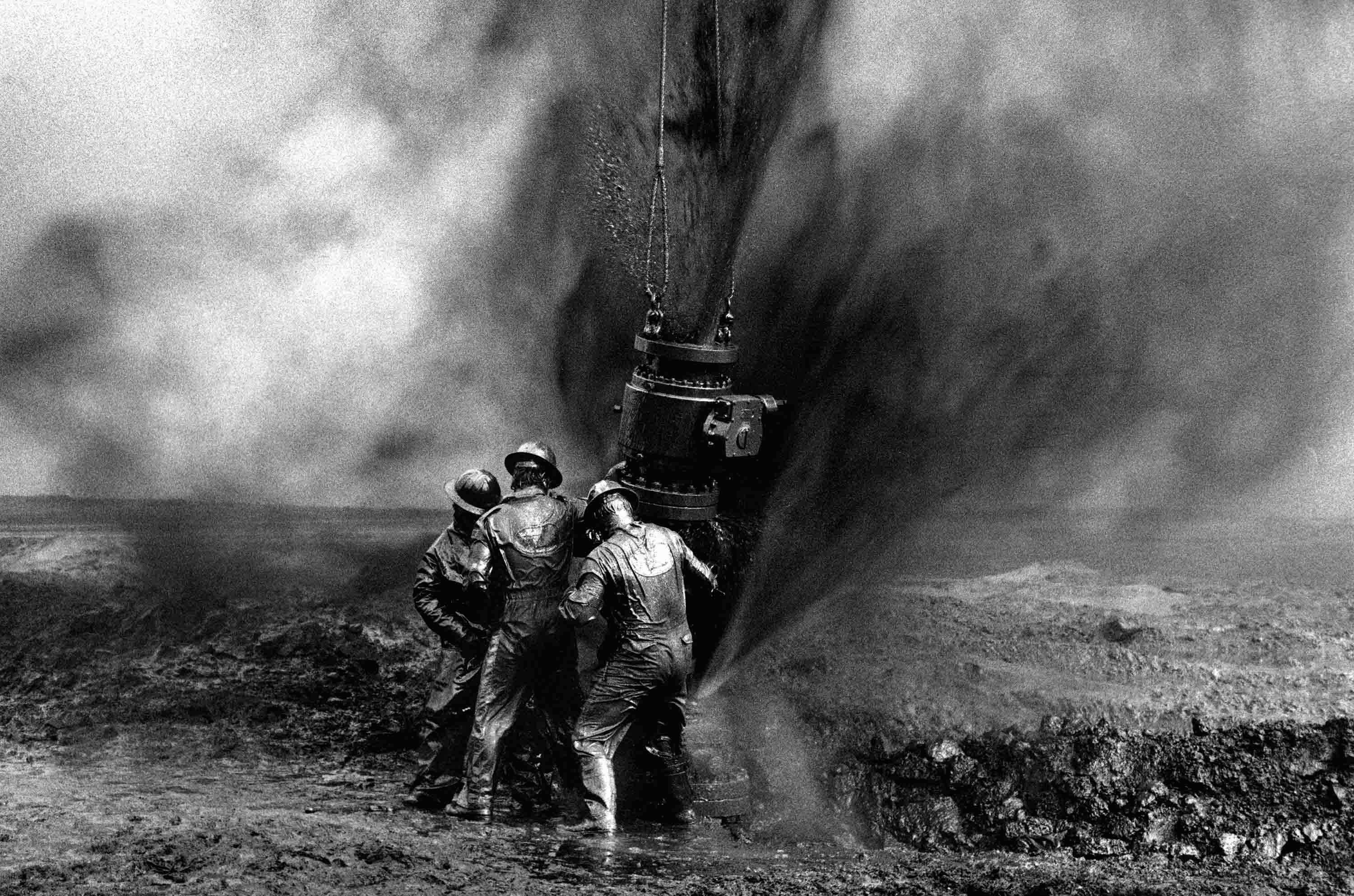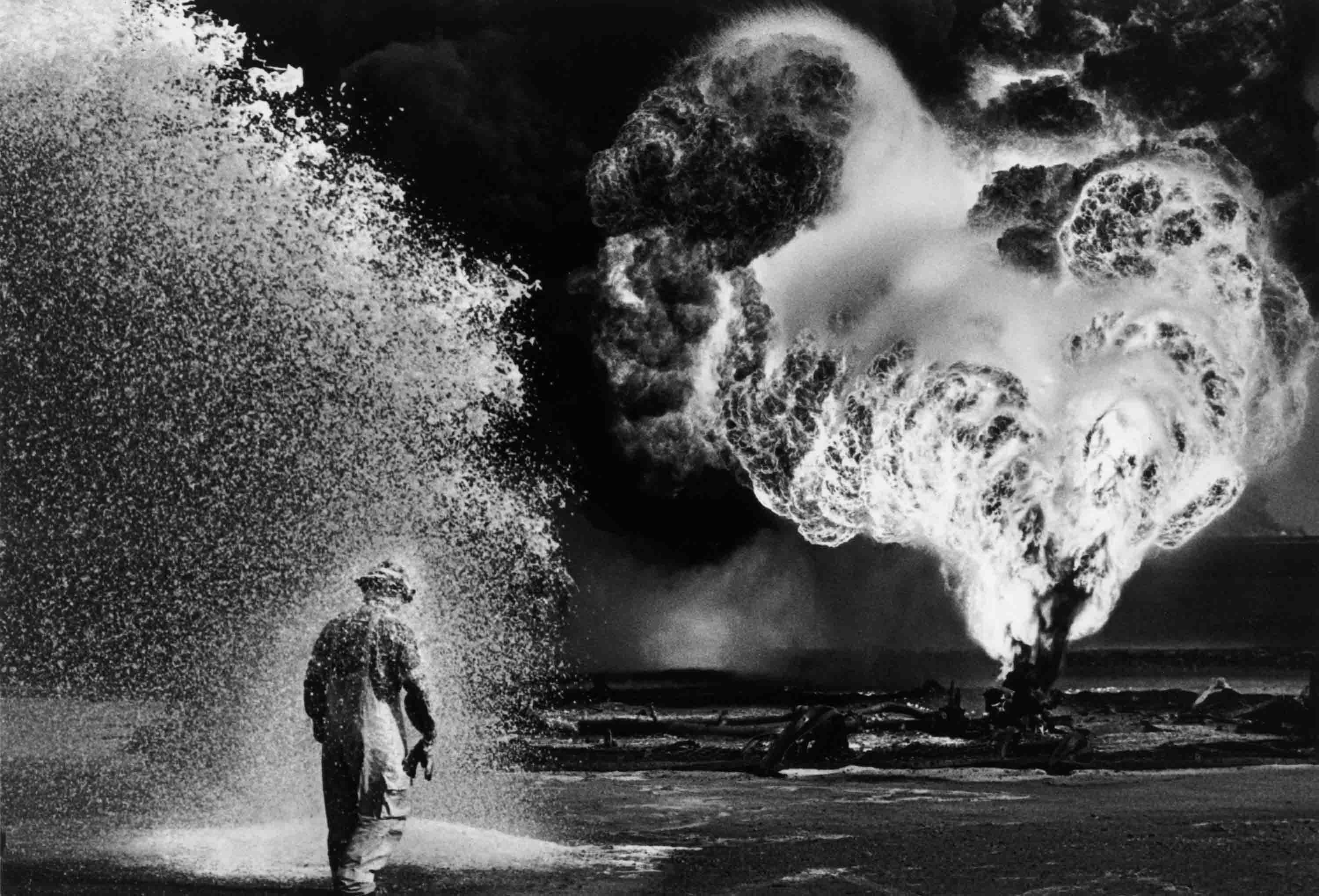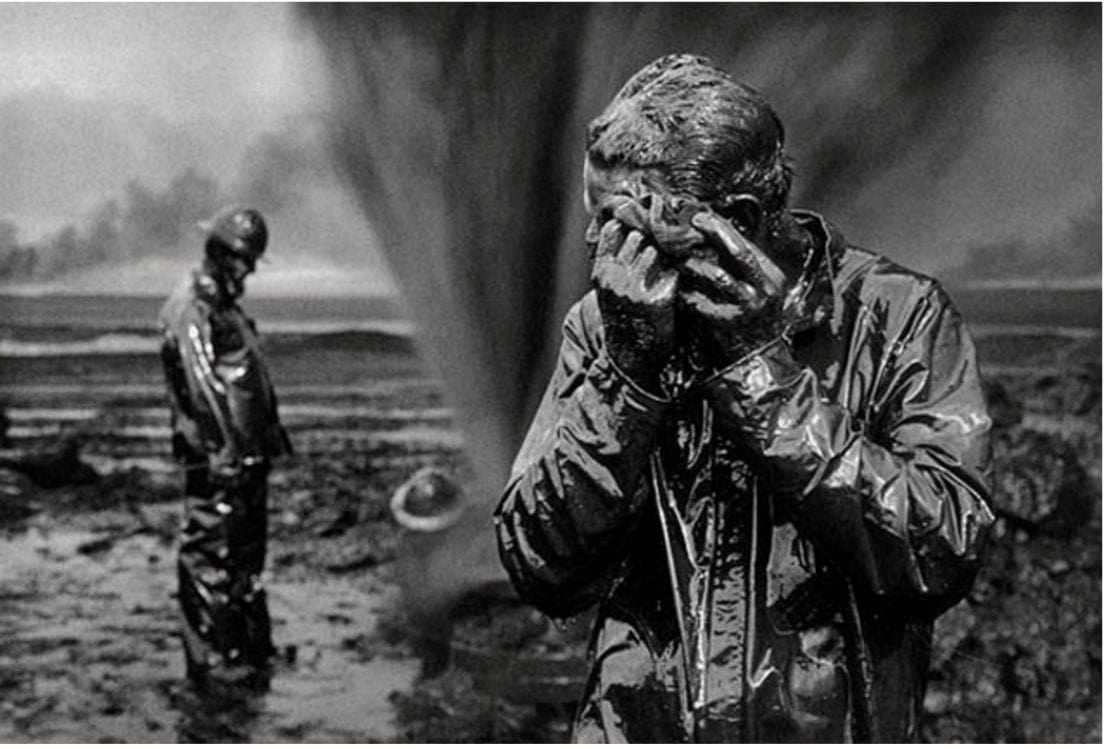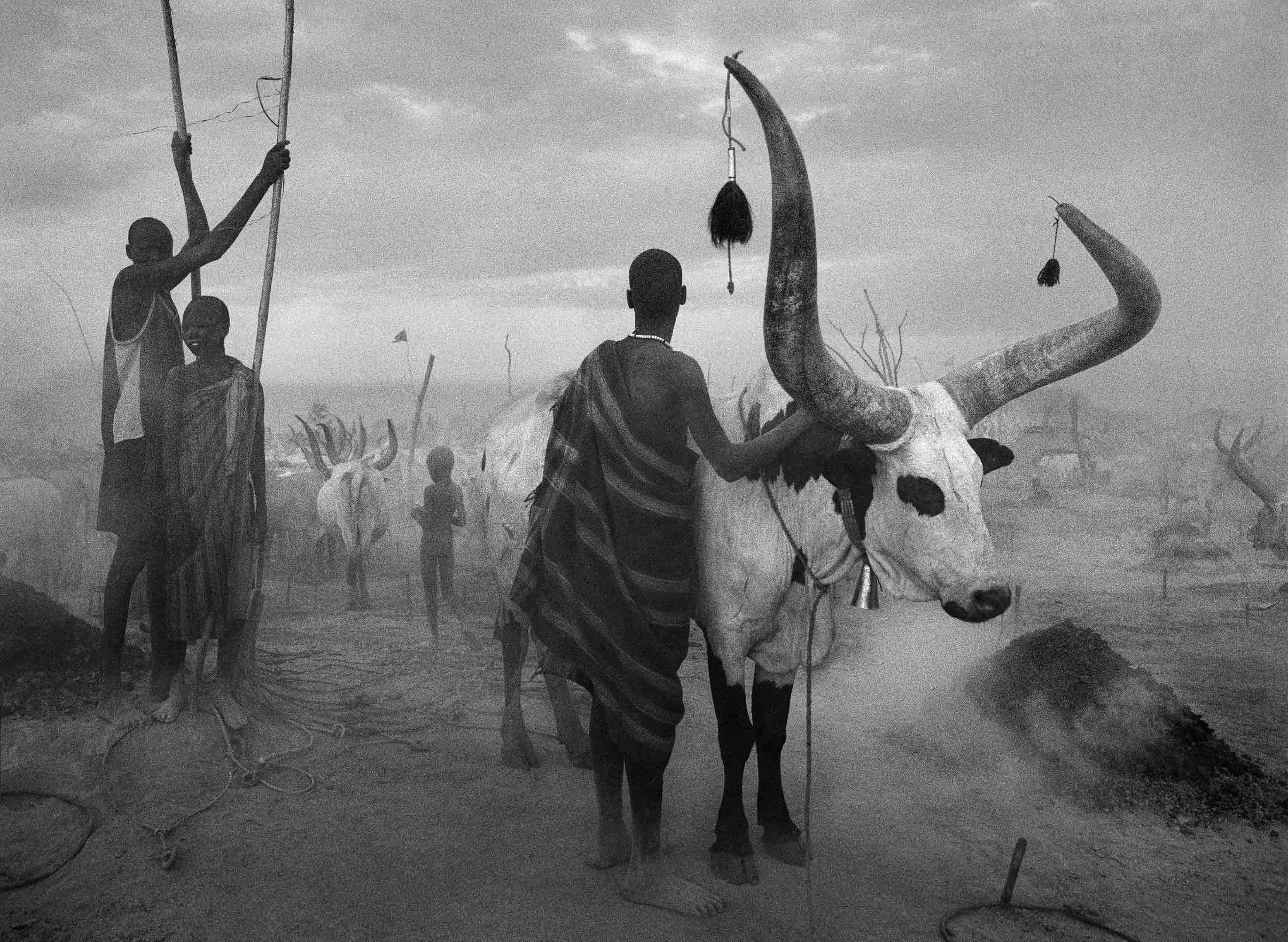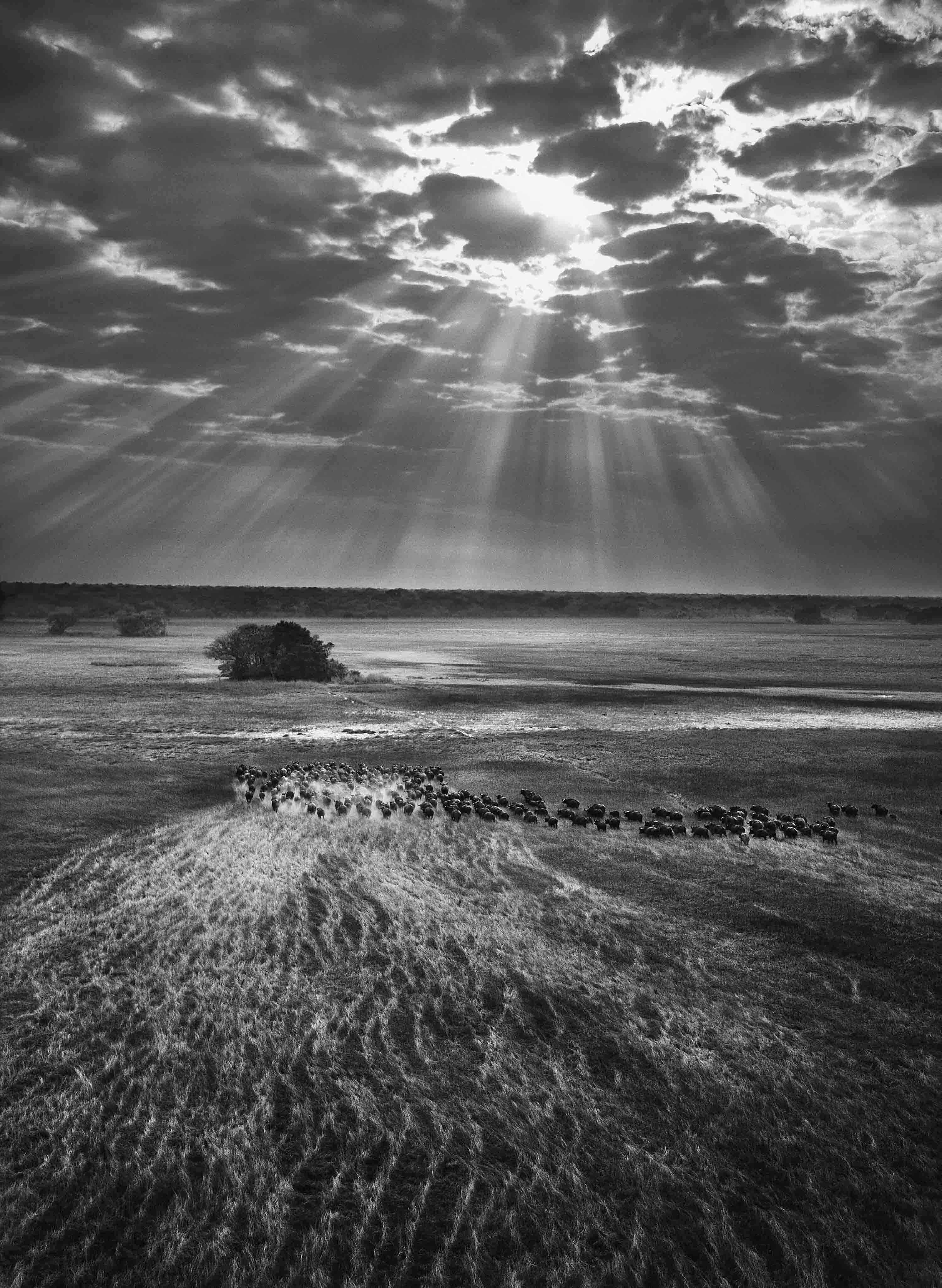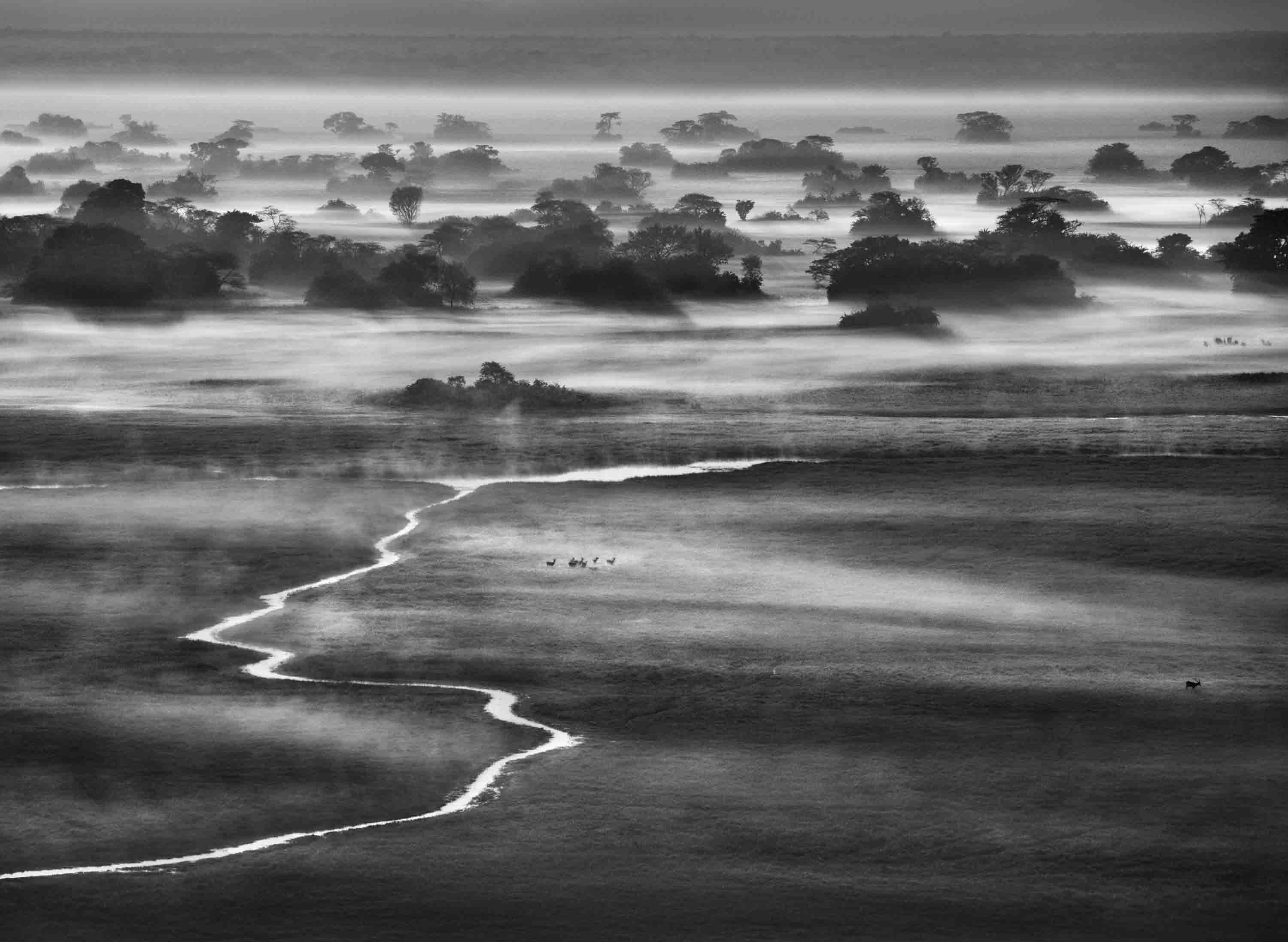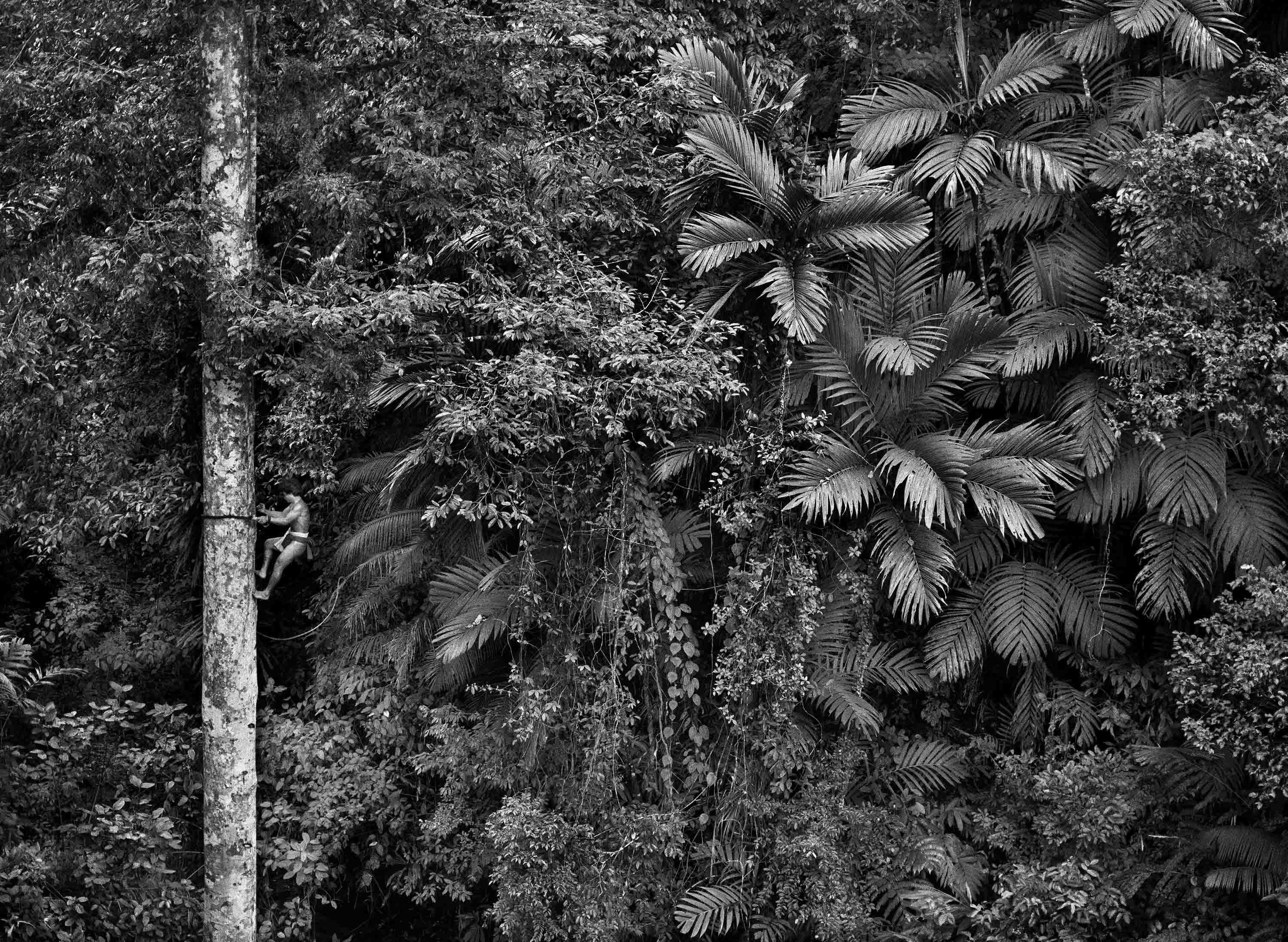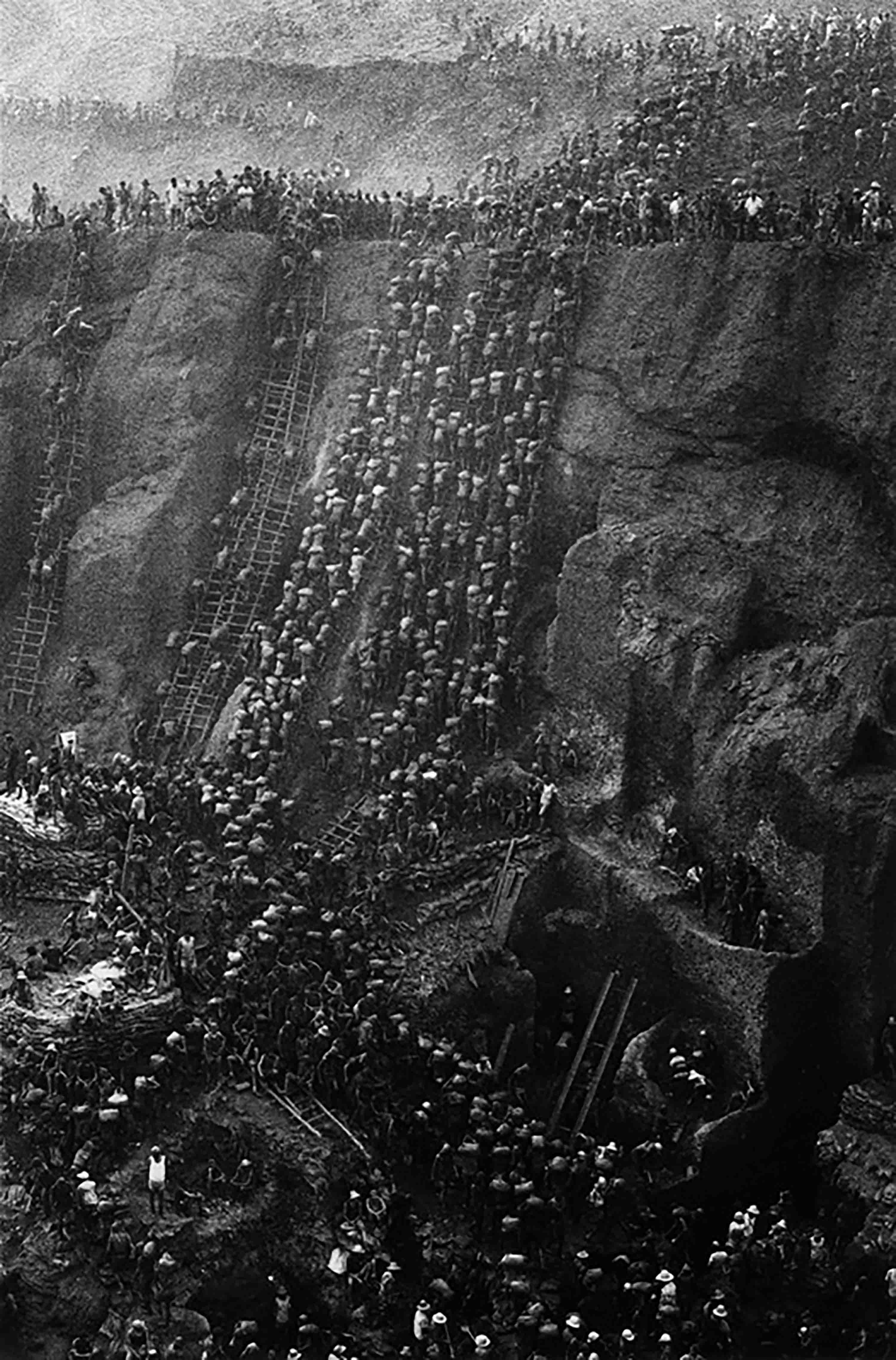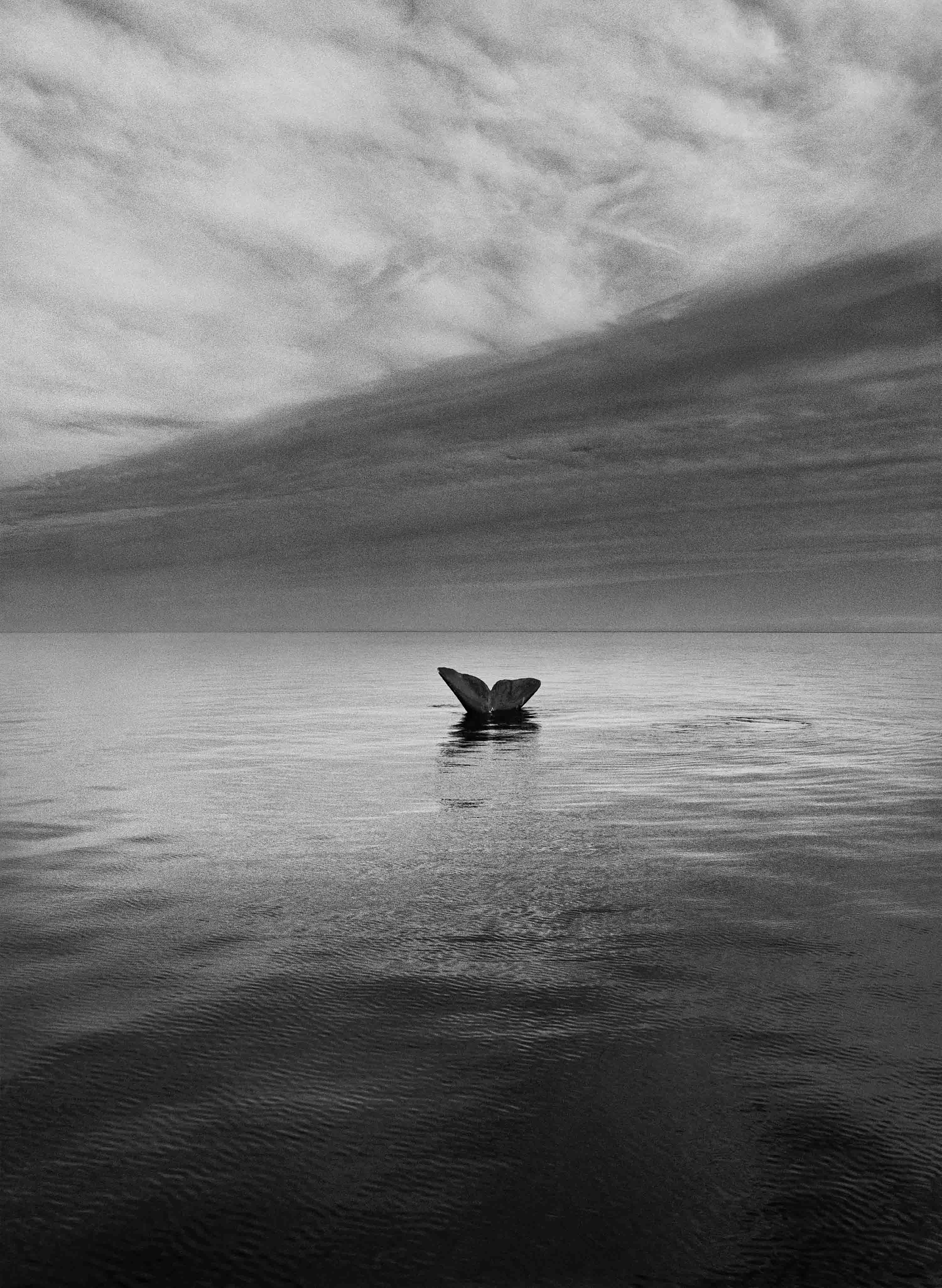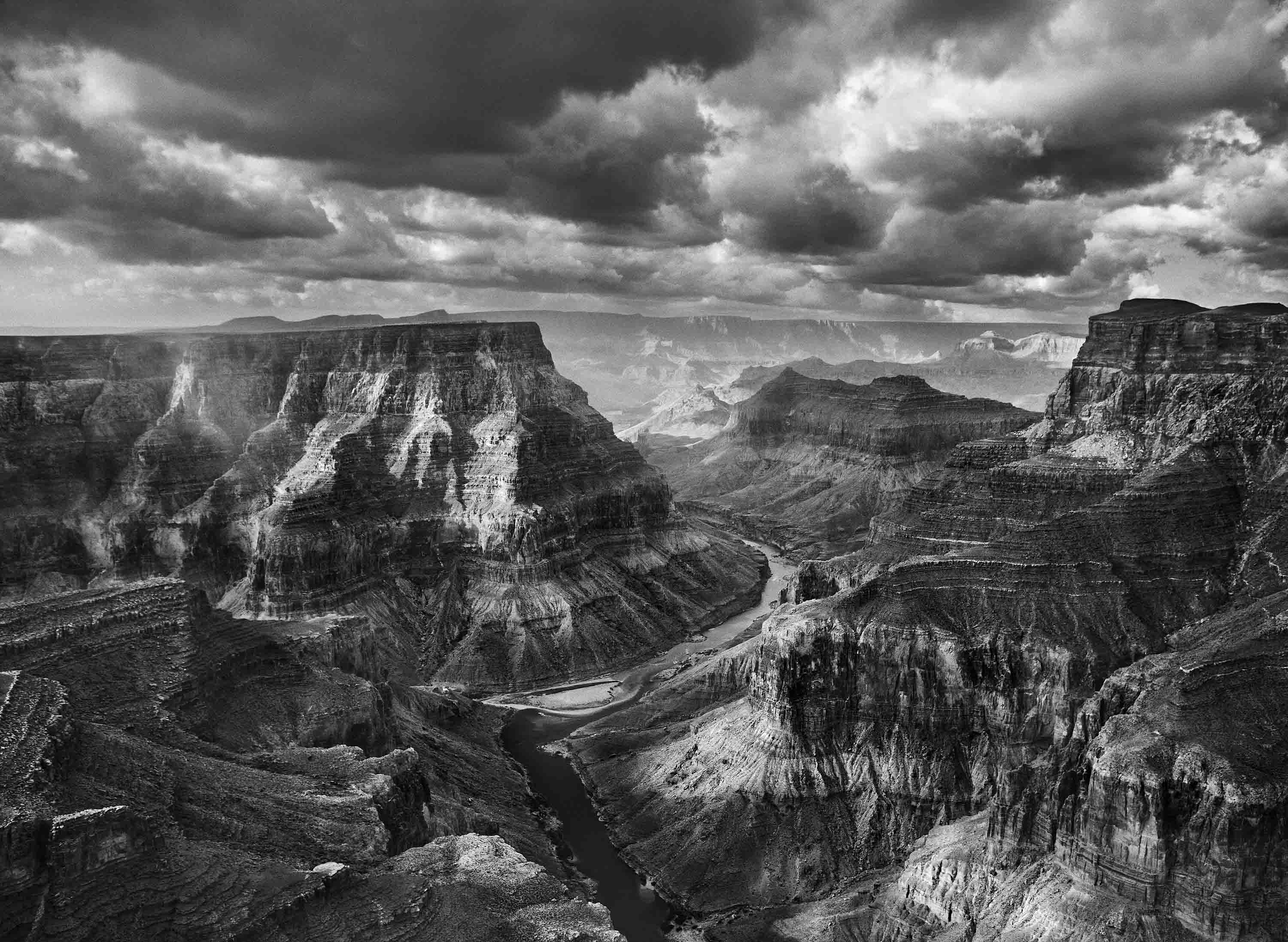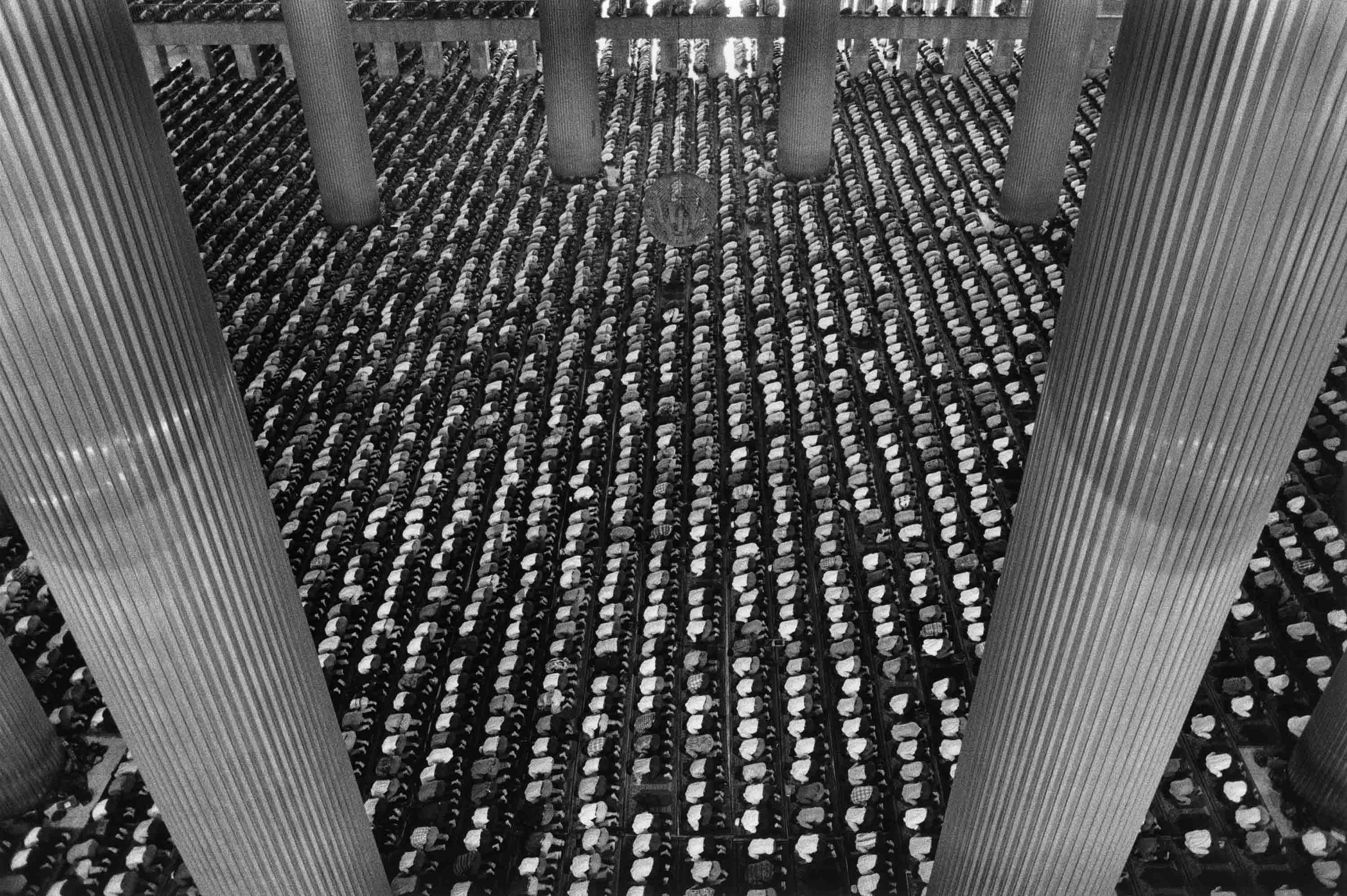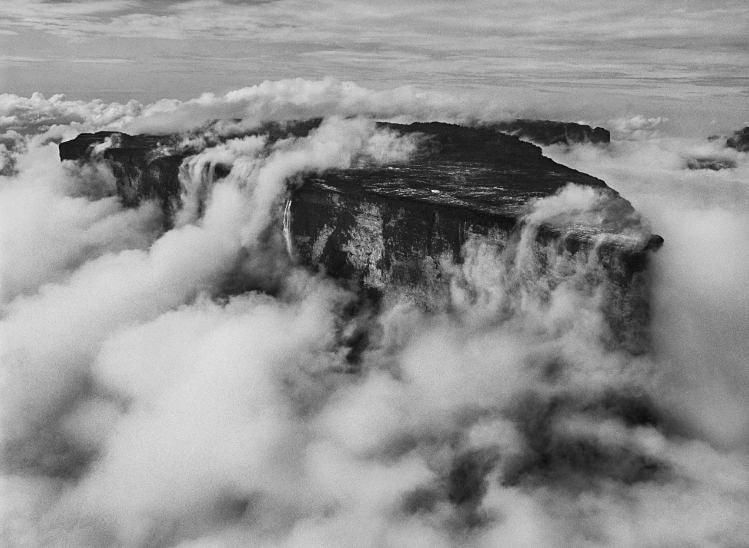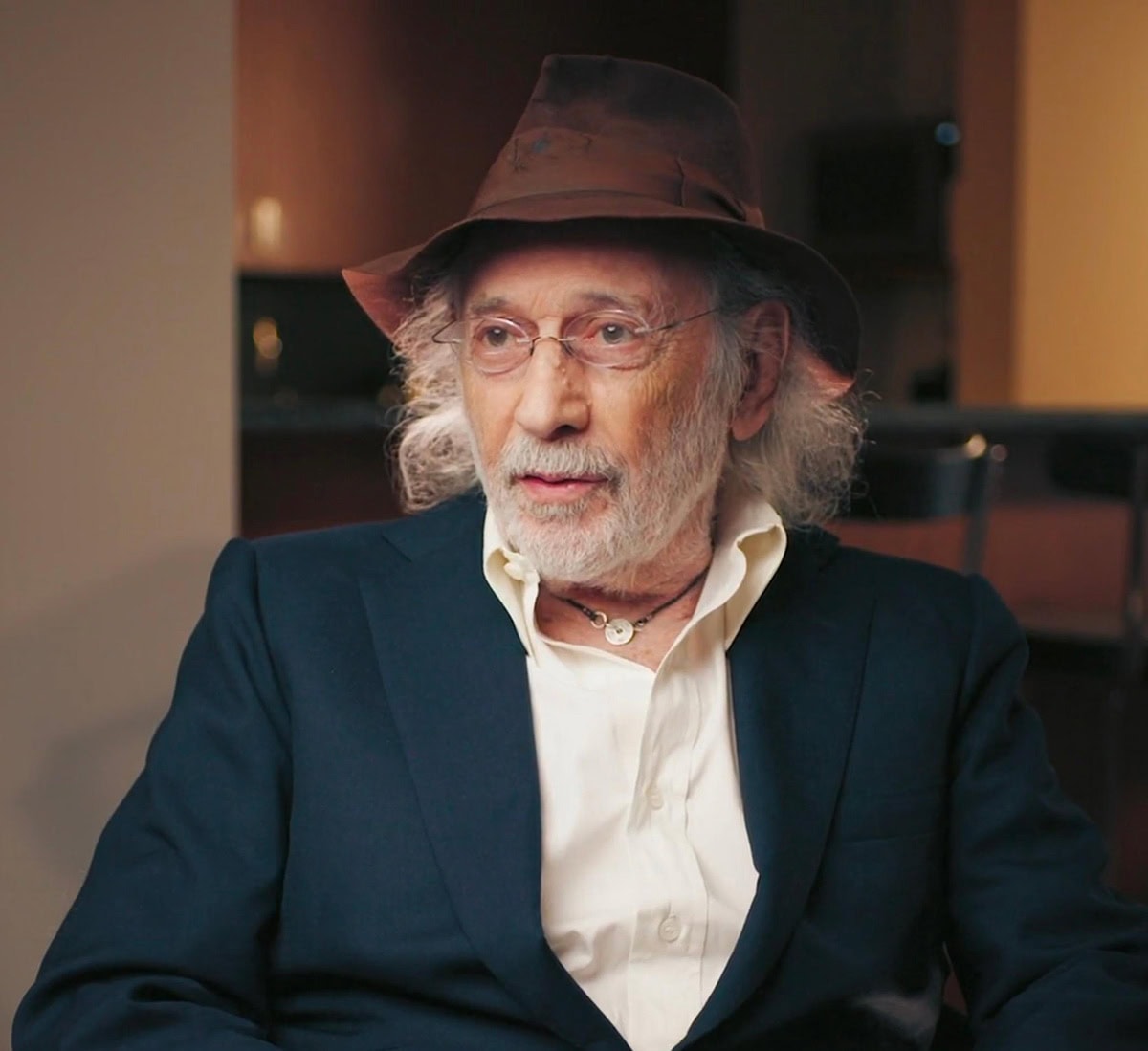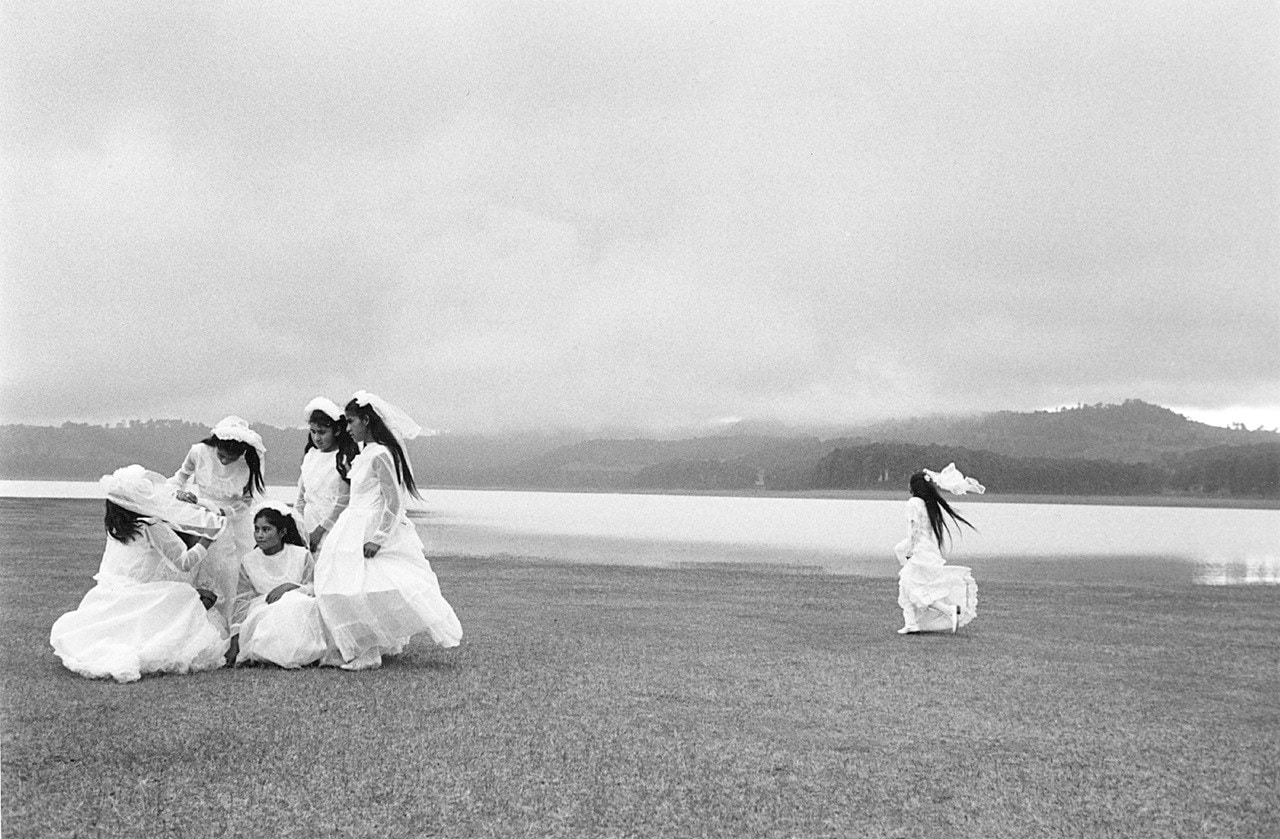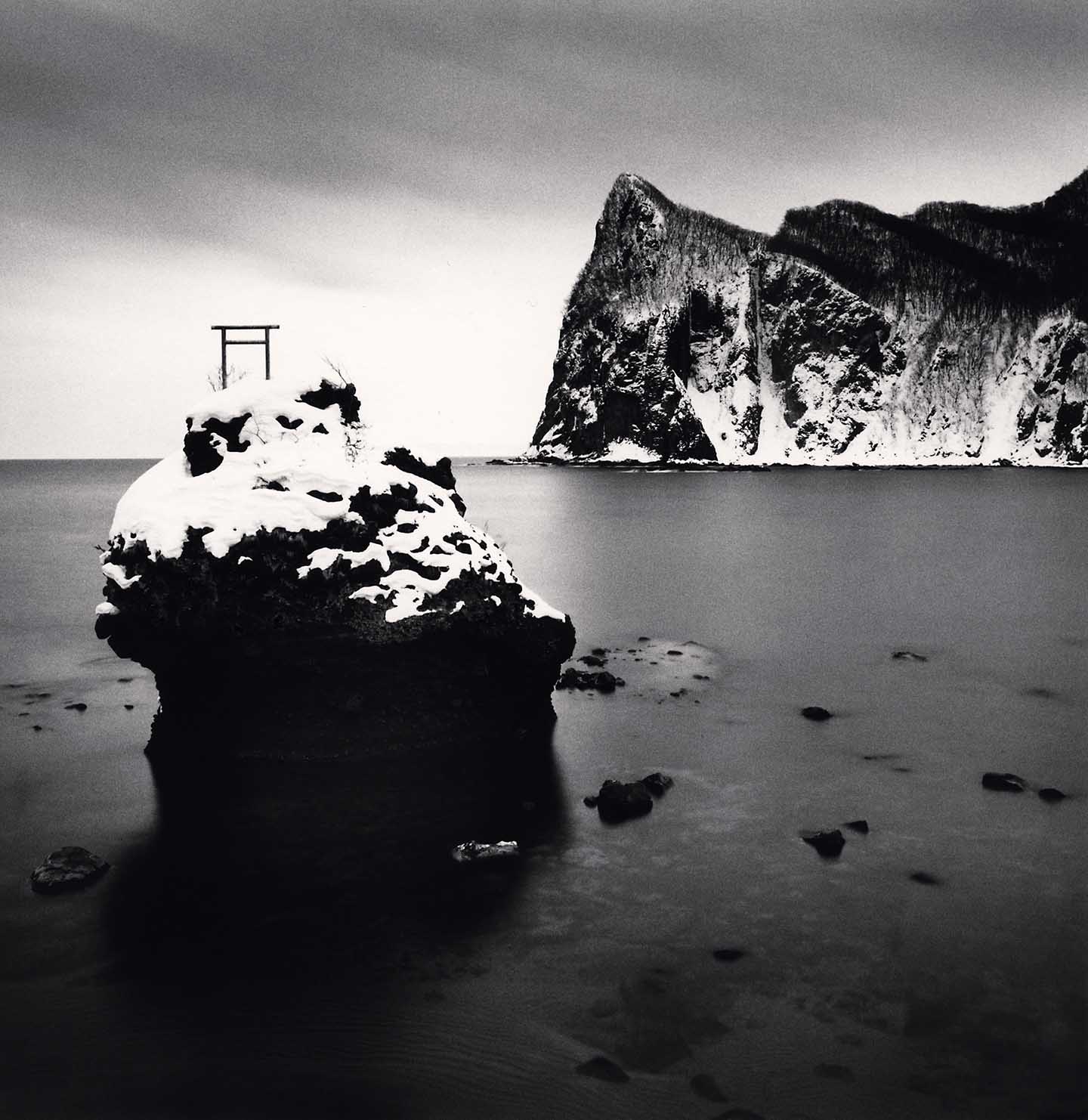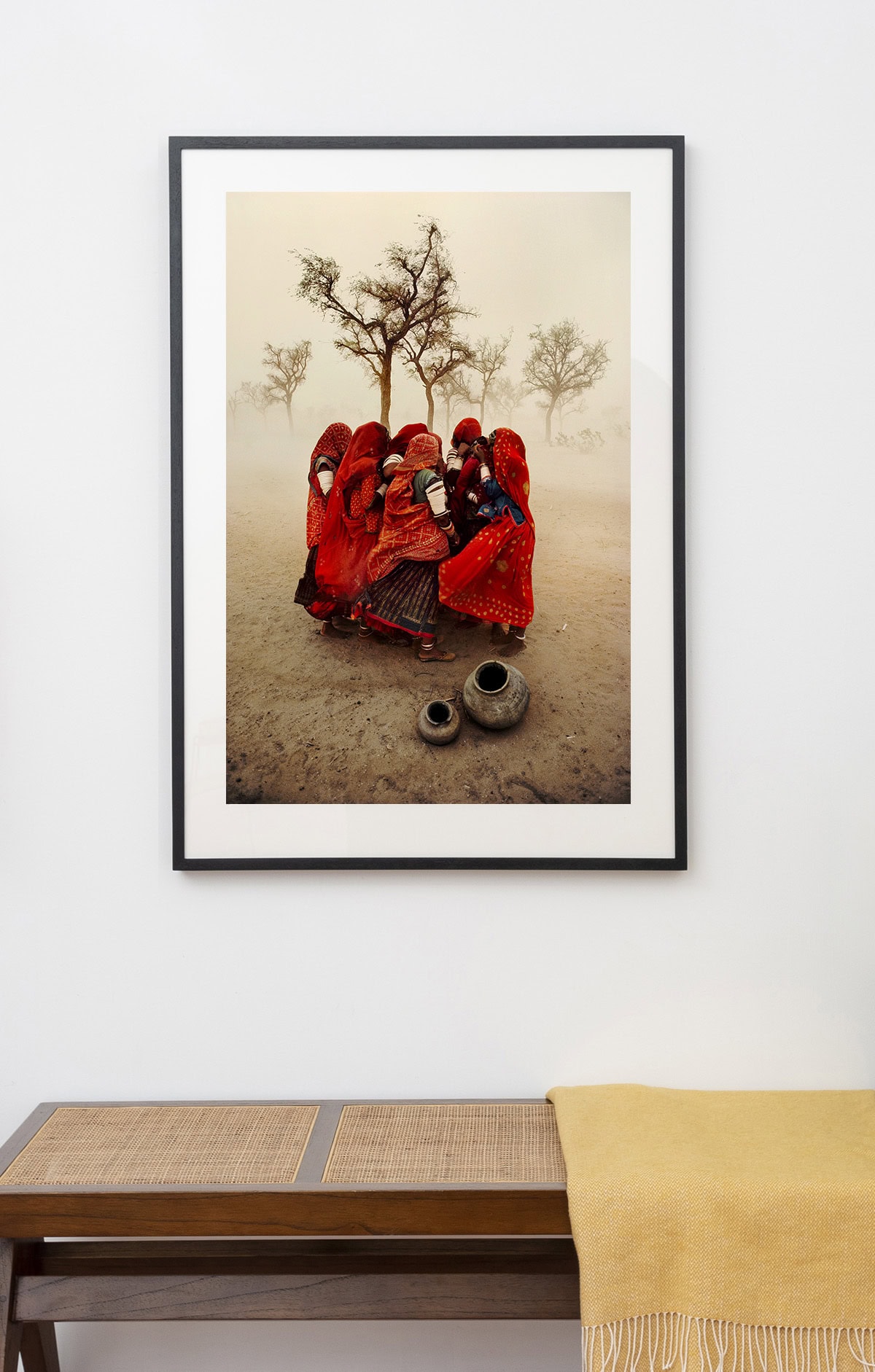Humanity in Transition: Sebastiao Salgado’s Churchgate Station
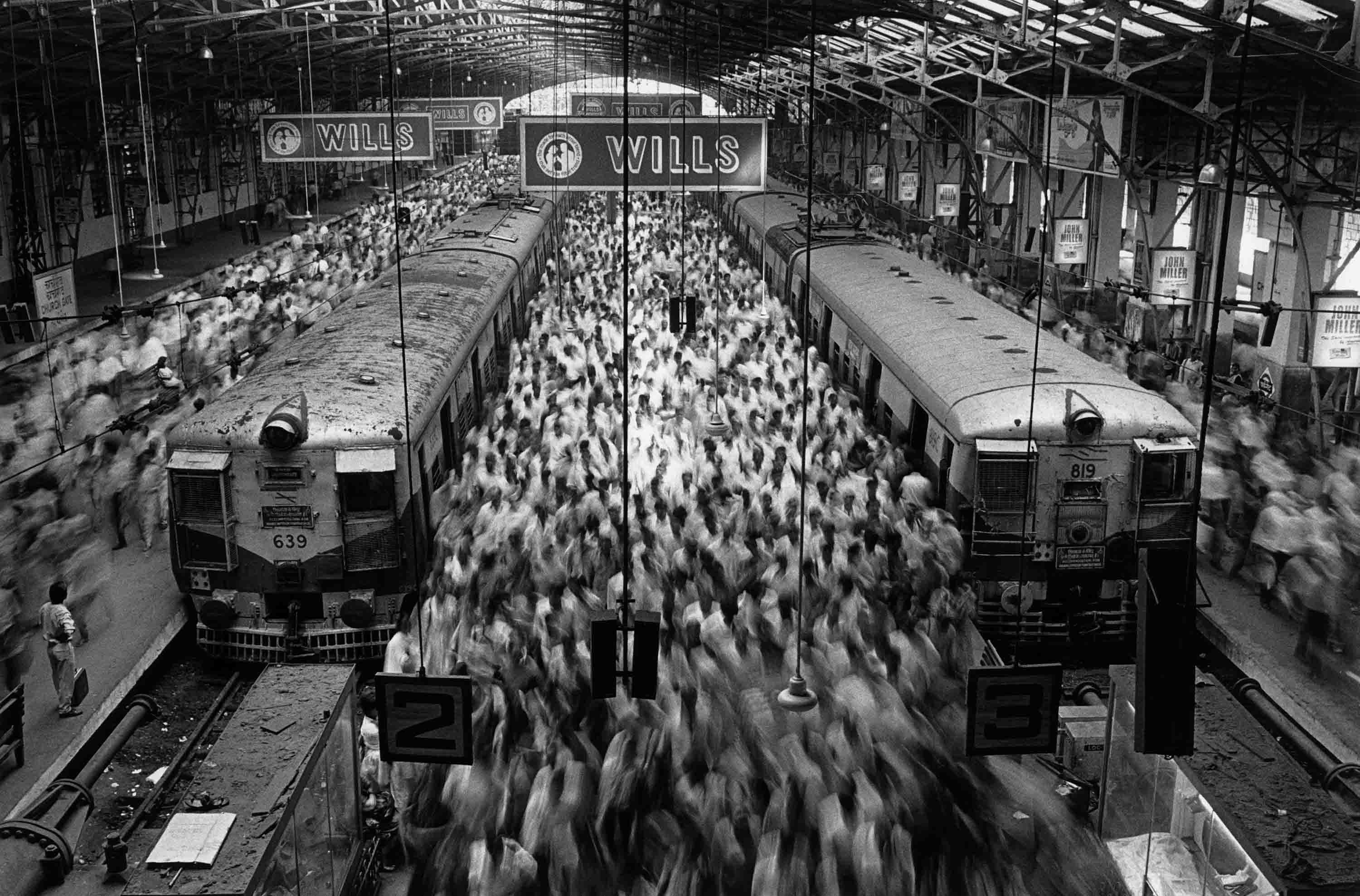
06th January 2023
During the late 1990s Sebastião Salgado embarked on a major project documenting population growth and movement across 43 countries. Over the course of seven years, Salgado endeavoured to capture the extensive phenomenon of mass migration; uncovering the global transformations that occur due to war, natural disasters, wealth gaps, and increased birth rates. Using his characteristic empathetic approach, Salgado offers a dynamic view of the humanity behind our world’s ever-changing social and political atmosphere.
Churchgate Station, Bombay, India (1995) remains one of the most celebrated photographs within the Migrations: Humanity in Transition series. Depicting the southern terminus on the Western Line of the Mumbai Suburban Railway, this image visualises the notoriously dangerous and overcrowded railway system in its truthful state. Reportedly Churchgate Station is one of the most densely populated railway systems in the world, marking the location as an appropriate hotspot for Salgado’s project.

Unusually, the two trains flanking the scene appear static. Salgado’s slow shutter speed transforms the throng of alighting passengers into a homogenous mass of white and black strokes, weaving wisps of ethereal light throughout the length of the image. Thus, instead of focussing on transport, it is people that remain at the heart of this image. Salgado purposefully emphasises the chaotic movement of the travellers filling the station. They are anonymised in a mass of motion, yet they swell beyond the composition with an unconfined strength. So too, Churchgate Station’s high vantage point allows the viewer a moment to exhale and contemplate the turbulent scene below. From this privileged angle, the danger of being crushed by the impending stampede disappears, replaced by a detached sense of omniscience. Situated at the rear end of the station is an elusive gasp of air, a sliver of light glimmering within an otherwise sheltered interior. Ignoring the promise of breathing room behind, the crowd surges away from the block of uninterrupted light, marching further into the gloomy depths of the station. As such, the bottom of the composition appears weighted, heavy with the burden of machinery, cargo, and constant footfall. Repeated signage and bulbs hang pendulously from the ceiling, as if attracted to the centre of activity below.
Churchgate Station’s ceiling comprises a concave grating. Emphasising the undulating crescendo of bodies below, each gap within the grating – and there are thousands – creates a pocket of space, free from the confinement of the horde beneath. Uncrowded and spacious, these gaps promote a sense of composed freedom that does not exist within the mass of commuters. Ultimately, Salgado’s Churchgate Station is a testament to migration, regardless of geographic location. It is thriving, sweaty, fast-paced, and unstoppable. Within our ever-shrinking world, humanity is always moving, and Churchgate Station attests to this fact.
FeaturedSebastião Salgado
FeaturedSebastião Salgado
The ArtistUndertaking projects of vast temporal and geographic scope, Sebastião Salgado is one of the most celebrated photojournalists working today. Whilst inescapably memorable for their beauty, Salgado’s photographs are laden with political purpose exposing the social and environmental problems facing our planet.
Artist Page
